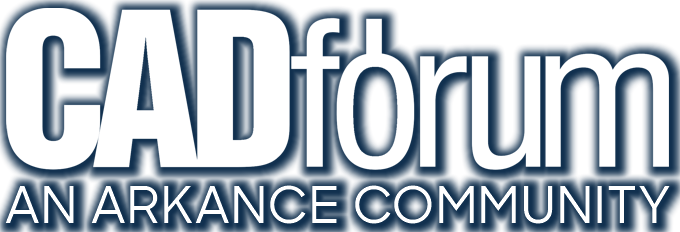 CAD tip # 12237:
CAD tip # 12237:
Question
The freeware LISP application UnfoldRS can unfold ruled surfaces, i.e. objects created by the RULESURF command from border curves of any type. Typical examples are: conical surfaces - reducers between ducts of different diameter, transitions (transforms) circle-ellipse or ellipse-rectangle, facade building elements formed by two 3D splines, etc.
The rule surface must be generated in the legacy Polyline mode, i.e. with the MESHTYPE=0 setting. The precision of the surface (and then of its unfold) depends on the setting of the SURFTAB1 variable.
The result of the unfold is a planar representation of the object made of a group of 3D Faces and a group of outline curves circumventing the shape of the unfold (e.g. to be cut from sheetmetal).
You can download the UnfoldRS utility from  Download, load it into your AutoCAD with APPLOAD and run by typing the UNFOLDRS command. Choose the Polyline mode and select a previously created rulesurf object. Enter the layer name for the unfold.
Download, load it into your AutoCAD with APPLOAD and run by typing the UNFOLDRS command. Choose the Polyline mode and select a previously created rulesurf object. Enter the layer name for the unfold.
Unfolds cannot be used on twisted surfaces - you can avoid twits by rotating or 2D/3D mirroring of one of the source border curves. In the Face mode, you can also unfold individual 3D faces, but they must be created in the same way as in an exploded ruled surface.
Sample drawing is available in tbe block library.
Usage of the UnfoldRS utility:
This is a purely geometrical unfolding, without respecting material properties. Use Autodesk Inventor or Fusion 360 for advanced unfolding of 3D models, including K-Factor, etc. Similar to UnfoldSurf.
![CAD Forum - tips, tricks, discussion and utilities for AutoCAD, Inventor, Revit and other Autodesk products [www.cadforum.cz] CAD Forum - tips, tricks, discussion and utilities for AutoCAD, Inventor, Revit and other Autodesk products [www.cadforum.cz]](../common/arkance_186.png)


